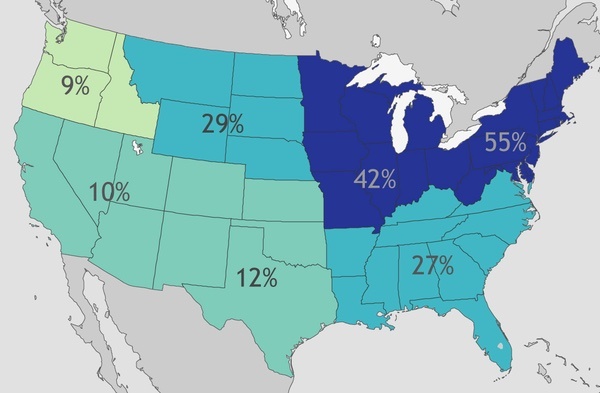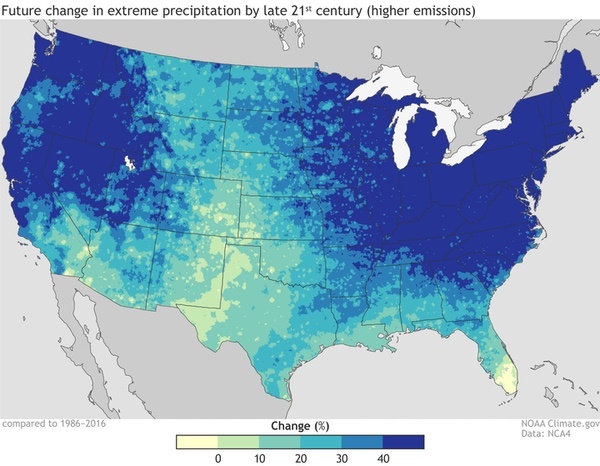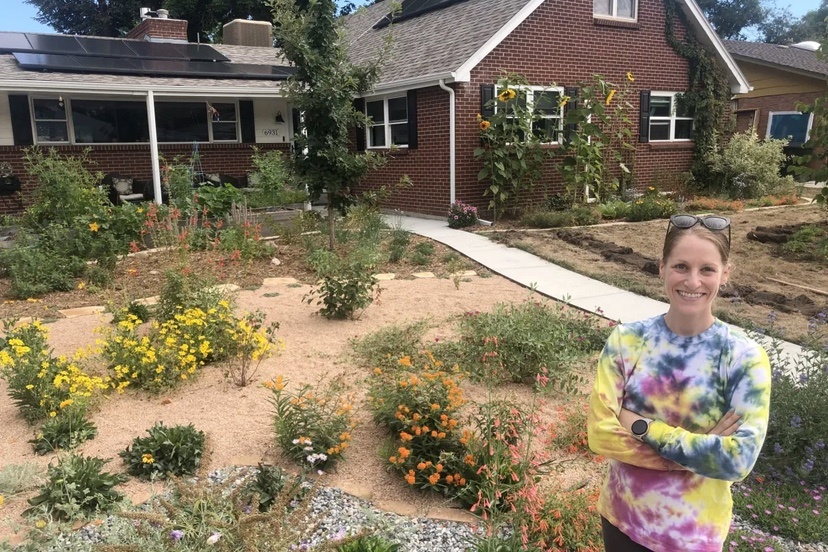Yesterday, we considered some accurate — and some inaccurate — information shared by local activist Lee Stopher in the “Letters” section of the Pagosa Springs SUN on Thursday, October 24. Ms. Stopher referred to an ogoing disagreement between the Pagosa Area Water and Sanitation District (PAWSD) and the San Juan Water Conservancy District (SJWCD) board that, she noted, could possibly result in litigation.
In fact, the PAWSD board, at its most recent meeting, directed its attorney to initiate a lawsuit, asking to have the court clarify the legal meaning of two specific sentences in a 2016 agreement involving PAWSD, SJWCD and the Colorado Water Conservation Board, that refer to the sale of the jointly-owned Running Iron Ranch in PAWSD’s “sole discretion”.
These two sentences:
5.2.1. PAWSD agrees to make every effort to retain the Running Iron Ranch during the Planning Period made possible by this Agreement. In the event that PAWSD, in its sole discretion but after consultation with SJWCD and CWCB, does sell the Running Iron Ranch during the Planning Period, the following terms shall take effect…
I appreciate activists like Ms. Stopher who ask hard questions of our government officials in public forums. Often, elected leaders and their staff proceed with important decisions without hearing from (or actually listening to) their constituents, and it takes a measure of courage to “speak truth to power.” Even when a critic doesn’t have all the correct information to start with, it’s healthy in a democracy to question authority.
Disclosure: I currently serve as a volunteer board member on the PAWSD board of directors, but this editorial reflects only my own personal opinions, and not necessarily the opinions of the PAWSD board or staff.
Ms. Stopher wrote:
There does not appear to be an overarching water plan for our community with various water authorities and the state, depending on the location of the property, deciding on the adequacy of future water for a proposed development. I wonder if the current guidelines employed by these various authorizing entities are adequate and have been updated to accommodate our changing climate.
Those are important concerns. The elephant in the comment is “our changing climate.” Climate is just one aspect of a changing world. Population is another changing aspect; ditto, technology, lifestyles, inflation, political leadership, agricultural practices, dietary choices, state and local legislation…
But let’s take climate change, for starters. From the federal government’s Climate.gov website:
Warming conditions mean more evaporation, which leads to more water vapor in the air. When rain-triggering conditions are favorable, more saturated air leads to heavier precipitation. This has been the story across most of the United States in the past century…
Adapted from Figure 2.6 in the Fourth National Climate Assessment (NCA4), these maps show observed and predicted changes in heavy precipitation events…
In the next two maps, pale yellow indicates a decrease in precipitation, and increases appear in shades of pale green (smallest increase) through navy blue (greatest increase).
Here’s the historical, known increase in extreme precipitation events between 1958 and 2016. In general, the American Southwest saw a 10%-12% increase in such events, as CO2 levels have been increasing.

This next map is a prediction of extreme precipitation, later in the 21st century, if the world experiences a high rate of CO2 emissions.

It appears this scientific prediction is for a 10%-30% increase in extreme precipitation events in southwestern Colorado. The Northwest and Northeast will see greater than a 40% increase.
Climate predictions are always at least slightly wrong, but my point here is that “climate change” does not necessarily equate to “less precipitation”.
Certain people in the water industry — the industry that makes its profits from constructing reservoirs and pipelines and treatment plants — would like us to believe that we are headed into a period of severe drought.
Maybe? Maybe not?
But other things have been changing faster than the climate.
In 2001, the population of Archuleta County was about 10,500. That year, PAWSD sold about 1,580 acre-feet of drinking water.
By 2021, the Archuleta County population had increased by 34%, to about 14,000. The amount of drinking water sold by PAWSD? 1,298 acre-feet.
Twenty years later, a 34% larger population was using 23% less water.
This reduction came about largely from changes in technology (eg. water-saving appliances), lifestyle adjustments (eg. smaller lawns), and government policies (eg. higher fees for excessive water users.)
Presumably, PAWSD and SJWCD already knew about falling water demand in 2008 when they bought the Running Iron Ranch. But they did not reveal the truth to the community. They acted like we were in a dire water shortage situation… as some people are still acting, today.
My main point being, water policy should, to the extent possible, be based on facts — and local water policy should be based on local facts. Local facts show that PAWSD is now in a more secure water situation than we were in 2008 — or in 2011, when the broadly representative Water Supply Community Work Group recommended against building the Dry Gulch Reservoir.
Ms. Stopher concluded her letter to the SUN:
On a more personal note, every month my PAWSD bill reflects the fact that I am way over the recommended water use — even in winter — and we consciously make every effort to conserve water with all the low-flow devices, only flushing intermittently, and no teenagers taking long showers. And I believe, our area is still in a drought with a future uncertain due to climate change. This makes me feel as though our water resources are already precarious.
I would like to see the PAWSD board make a more concerted effort to be transparent and inclusive in their negotiations and planning.
The reservoir may not be the best solution for our future water needs, but they should be explaining, in terms the public can understand and water experts confirm, their plan for our water future.
So, let’s try and explain that, in terms that the public can understand.

